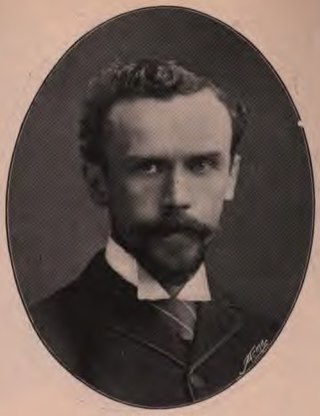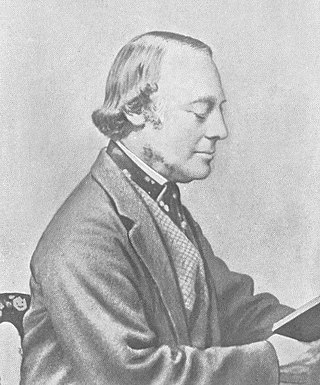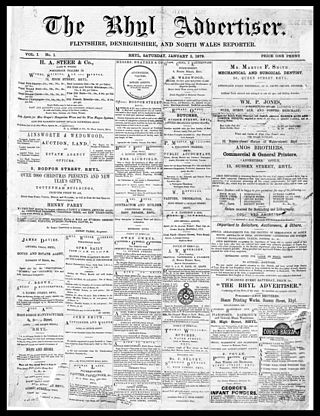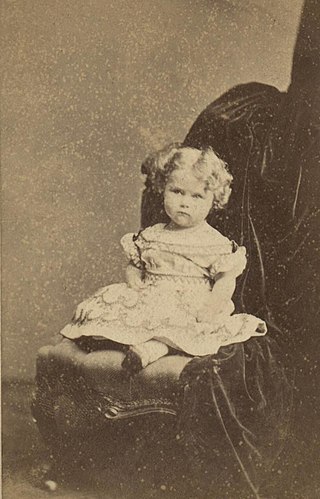External links
- Flintshire Historical Society publications at Welsh Journals Online
- Flintshire Historical Society Journal at Welsh Journals Online
- Flintshire Historical Society website
The Flintshire Historical Society Journal is an annual magazine in English, containing transcripts and articles relating to the county, with book reviews and society notes. It is published by the Flintshire Historical Society, a registered charity founded in 1911 to collect and publish archaeological and historical material about Flintshire. From 1911 to 1976, the magazine was published as the Flintshire Historical Society Publications. In 1978 it obtained its current name.
The magazine has been digitized by the Welsh Journals Online project at the National Library of Wales.

Flintshire is a county in the north-east of Wales. It borders England to the east, Denbighshire to the west and Wrexham County Borough to the south. It is named after the historic county of the same name which has notably different borders. Flintshire is considered part of the Welsh Marches and formed part of the historic Earldom of Chester and Flint. The county is governed by Flintshire County Council which has its main offices in County Hall, Mold.

The Gentleman's Magazine was a monthly magazine founded in London, England, by Edward Cave in January 1731. It ran uninterrupted for almost 200 years, until 1922. It was the first to use the term magazine for a periodical. Samuel Johnson's first regular employment as a writer was with The Gentleman's Magazine.

Sir John Herbert Lewis was a Welsh Liberal politician.
John Williams, was an antiquary and Anglican priest. Born in Llangynhafal, Denbighshire Wales in 1811, he graduated from Jesus College, Oxford in 1835 to become the Anglican curate of Llanfor, Merionethshire, where he married Elizabeth Lloyd Williams. In 1843 he became perpetual curate of Nercwys, Flintshire, and rector of Llanymawddwy, Merionethshire, in 1849.

The Royal Australian Historical Society, formerly Australian Historical Society, is a voluntary organisation founded in Sydney, Australia in 1901 with Andrew Houison as founding president. Its goals are to encourage the study of and interest in Australian history. It has a membership throughout Australia and many of its activities and facilities are funded by contributions from its members and benefactors.
This article is about the particular significance of the year 1831 to Wales and its people.

Sir Stephen Richard Glynne, 9th Baronet was a Welsh landowner and Conservative Party politician. He is principally remembered as an assiduous antiquary and student of British church architecture. He was a brother-in-law of the Liberal Prime Minister William Ewart Gladstone.
The Welsh Outlook was a monthly magazine published from 1914 to 1933 in Wales, articulating a political viewpoint of progressive liberalism and cultural nationalism. Its first editor was Thomas Jones and the publication was funded by David Davies, 1st Baron Davies.
Wales was an English-language literary journal, published from 1937 to 1949 and from 1958 to 1960. The magazine contained fiction, poetry, reviews and articles pertaining to Wales.
Ceredigion is an annual local history journal about the history of the county of Ceredigion, Wales, published by Ceredigion Historical Society.
The Swansea History Journal - Minerva is a journal started in 1993 containing articles on historical and artistic topics related to the Swansea area of Wales.
Morgannwg: Transactions of the Glamorgan Local History Society is the annual English-language scholarly journal of the Glamorgan History Society, published since 1957, containing historical essays, archaeological reports and book reviews. It also contains society notes and meeting reports. The title comes from the Welsh word for Glamorgan.
Bathafarn, the magazine of the Historical Society of the Methodist Church in Wales, is a bilingual English and Welsh-language publication containing essays and book reviews. It was established in 1946 and based in Cardiff.
The Dictionary of Welsh Biography (DWB) is a biographical dictionary of Welsh people who have made a significant contribution to Welsh life over seventeen centuries. It was first published in 1959, and is now maintained as a free online resource.

Howell Elvet Lewis, widely known by his bardic name Elfed, was a Welsh Congregational minister, hymn-writer, and devotional poet, who served as Archdruid of the National Eisteddfod of Wales from 1924 to 1928.

The Rhyl Advertiser was a weekly English language newspaper.

Ruth, Lady Herbert Lewis, OBE was an English temperance movement activist of Manx descent and collector of Welsh folk songs. She published collections of Welsh folk songs, and was a key member of the Welsh Folk-Song Society in the first half of the 20th century.
The 1892–93 Welsh Amateur Cup was the third season of the Welsh Amateur Cup. The cup was won by Wrexham Gymnasium who defeated Wrockwardine Wood 1–0 in the final.

This is a bibliography of published works on the history of Wales. It includes published books, journals, and educational and academic history-related websites; it does not include self-published works, blogs or user-edited sites. Works may cover aspects of Welsh history inclusively or exclusively.
The lists of English translations from medieval sources provide overviews of notable medieval documents—historical, scientific, ecclesiastical and literary—that have been translated into English. This includes the original author, translator(s) and the translated document. Translations are from Old and Middle English, Old French, Irish, Scots, Old Dutch, Old Norse or Icelandic, Italian, Latin, Arabic, Greek, Persian, Syriac, Ethiopic, Coptic, Armenian, Hebrew and German, and most works cited are generally available in the University of Michigan's HathiTrust digital library and OCLC's WorldCat. Anonymous works are presented by topic.